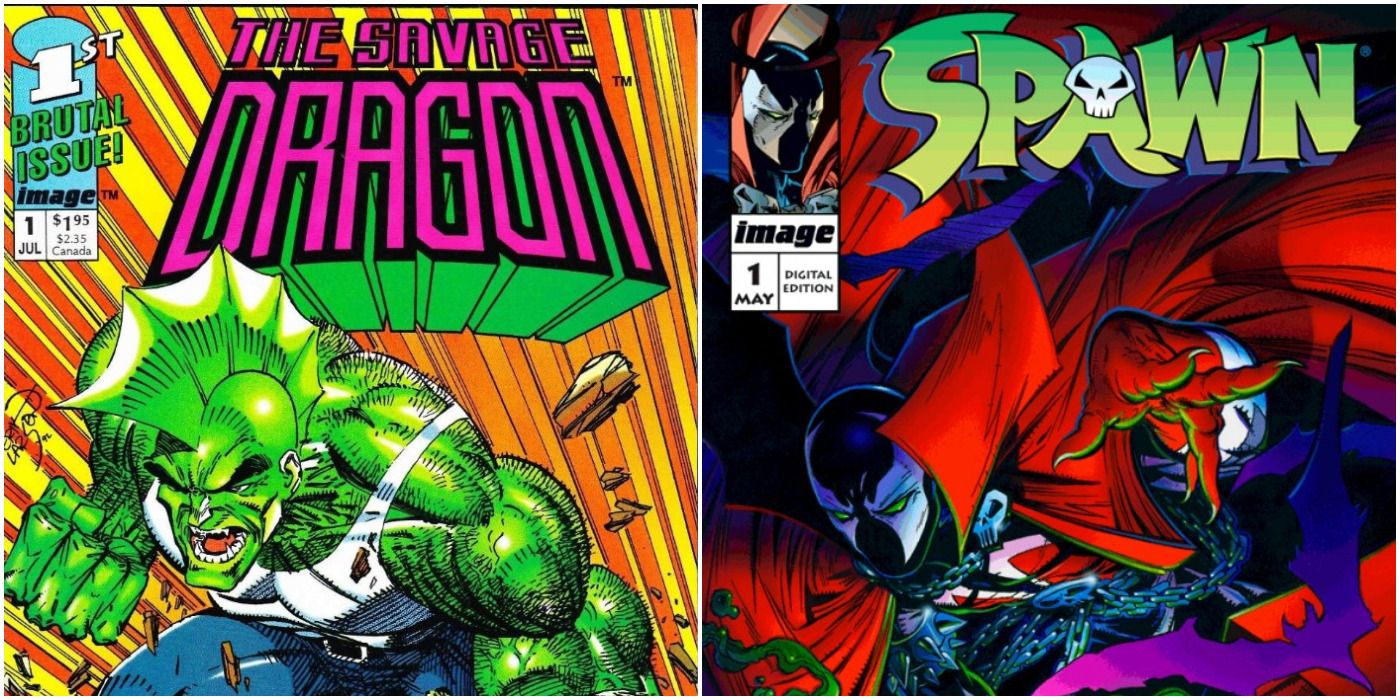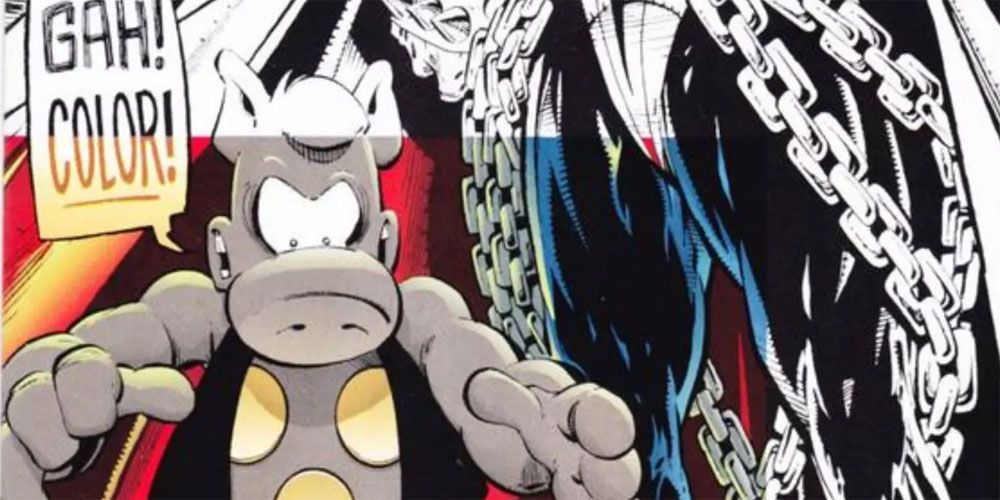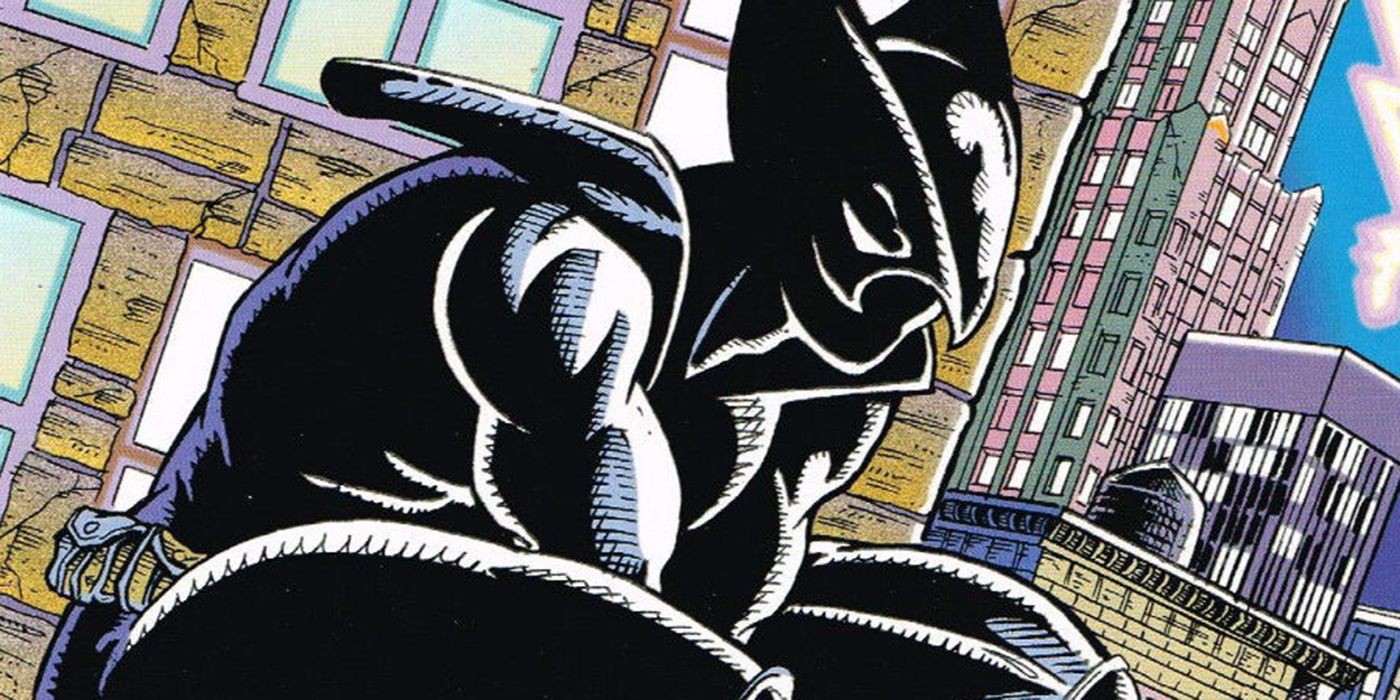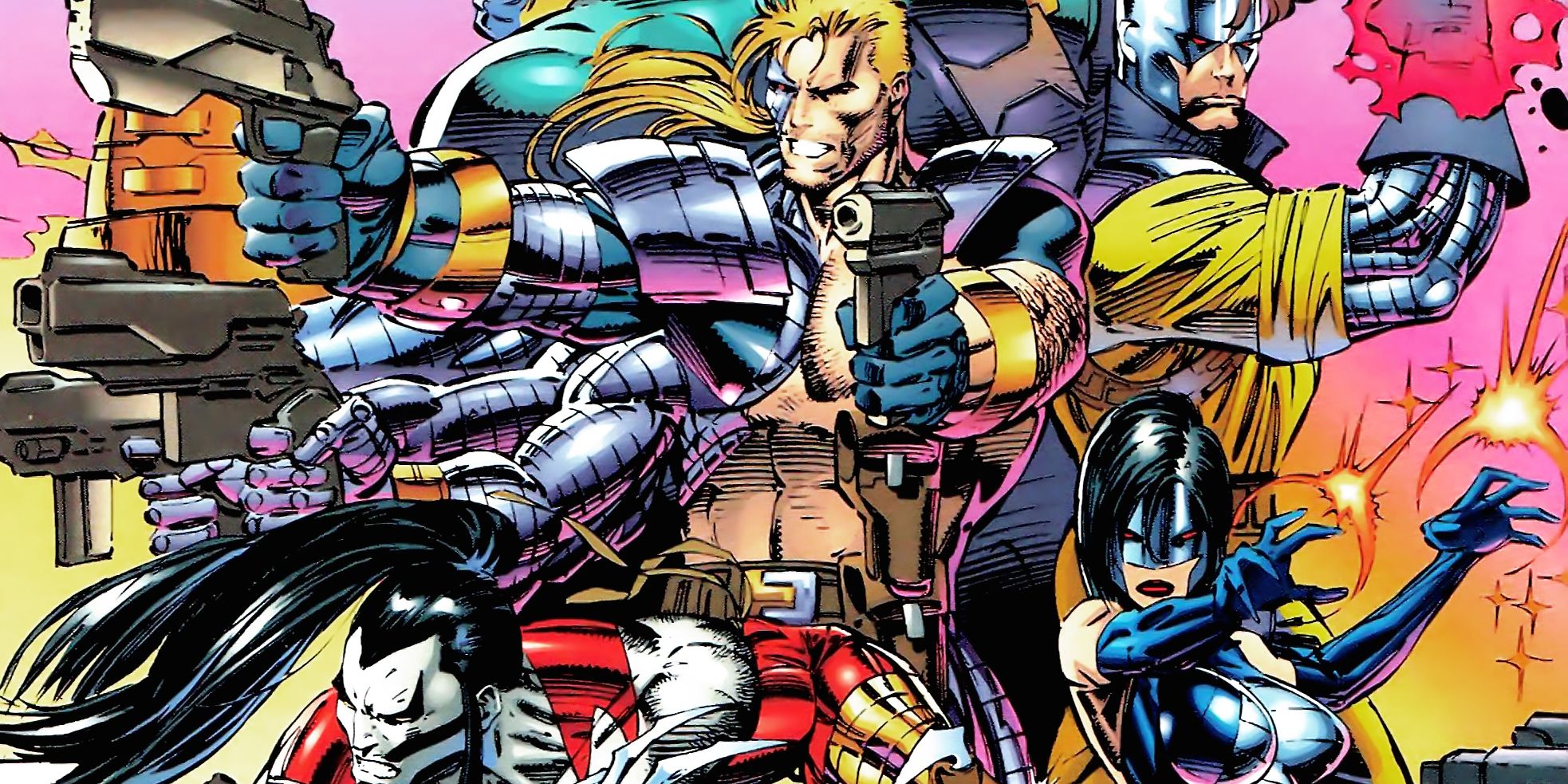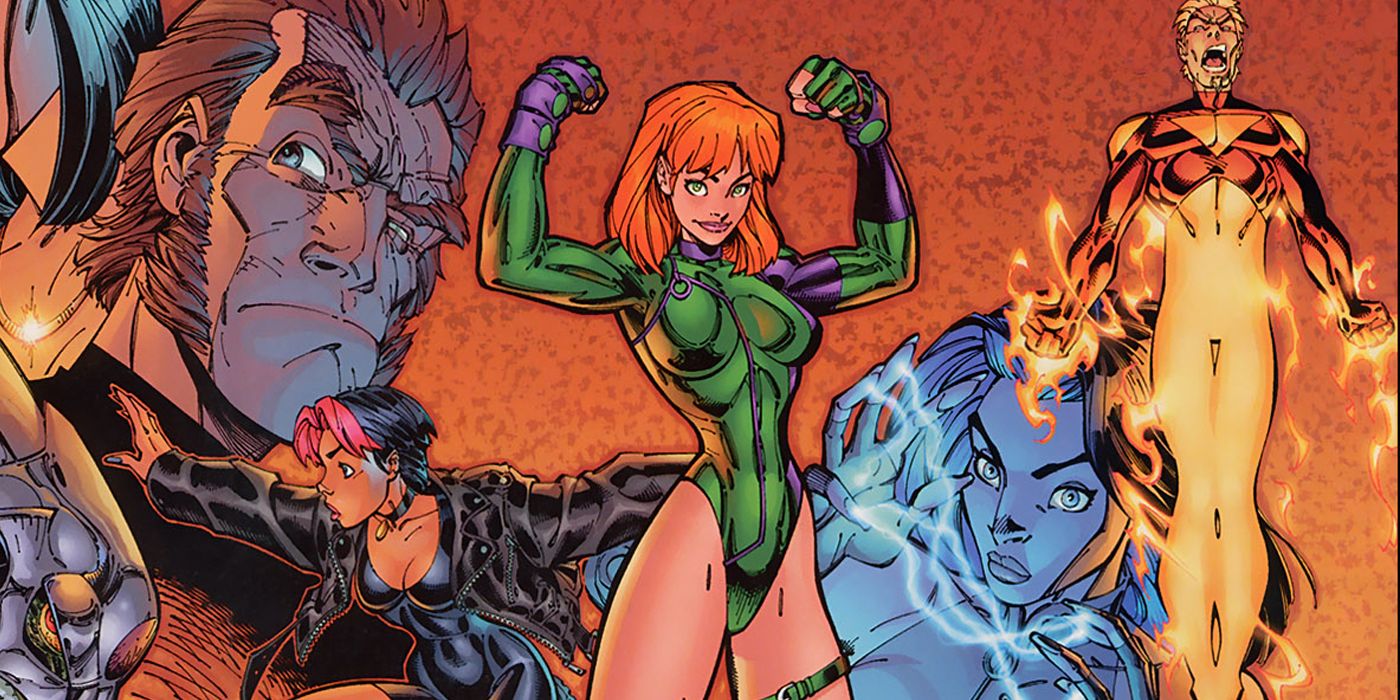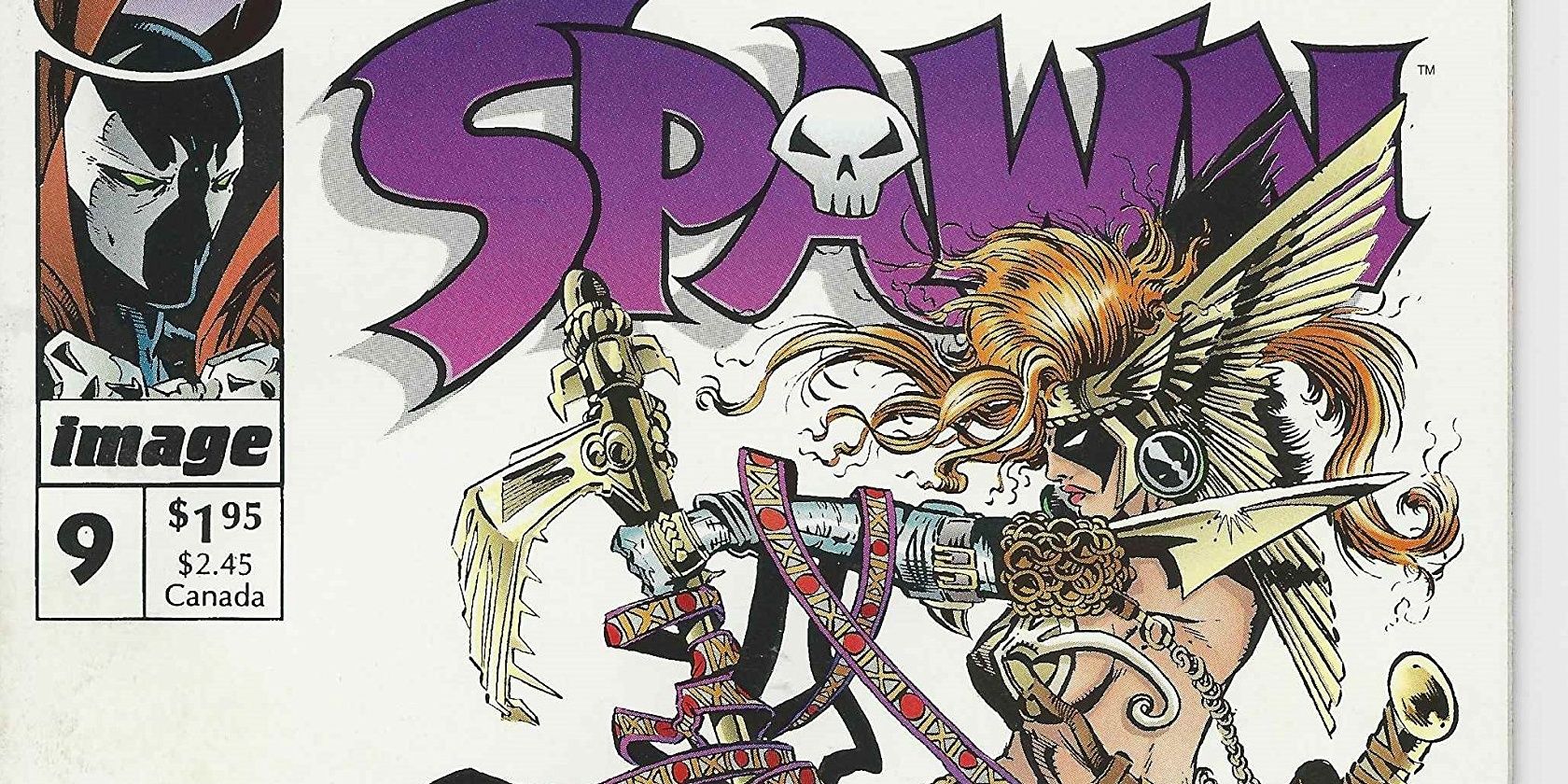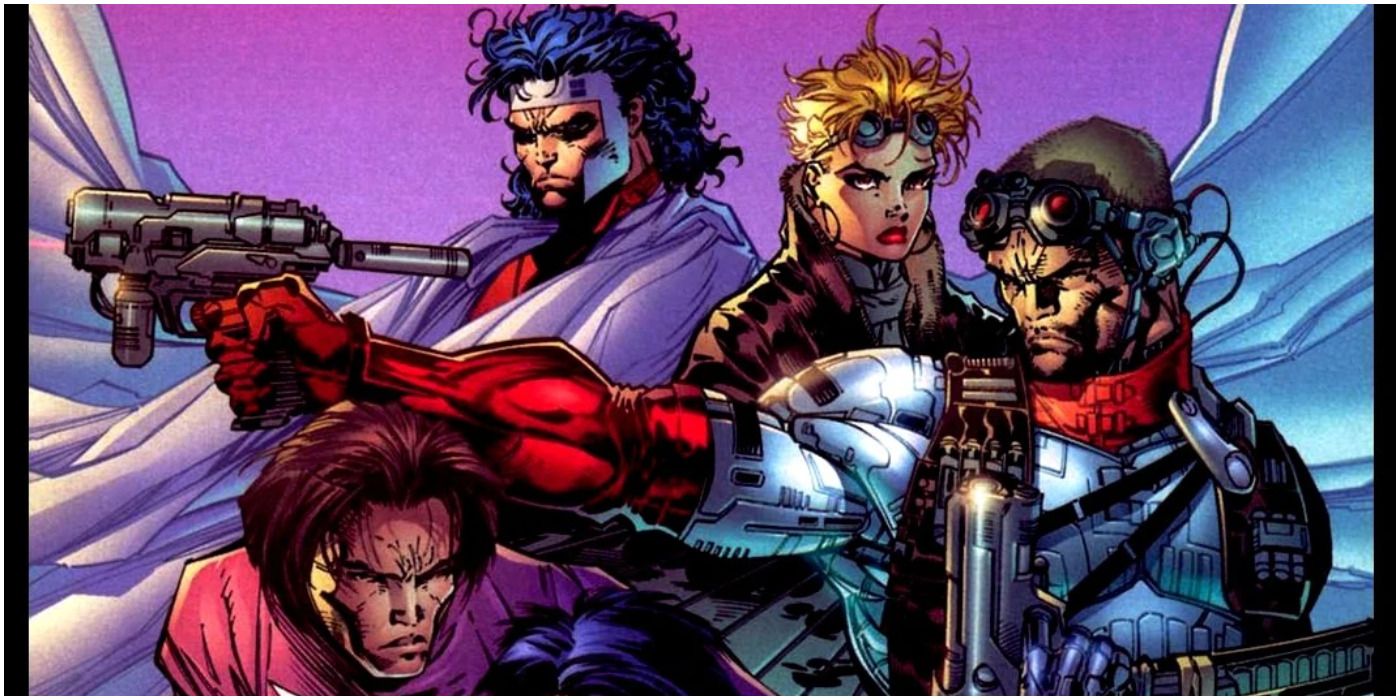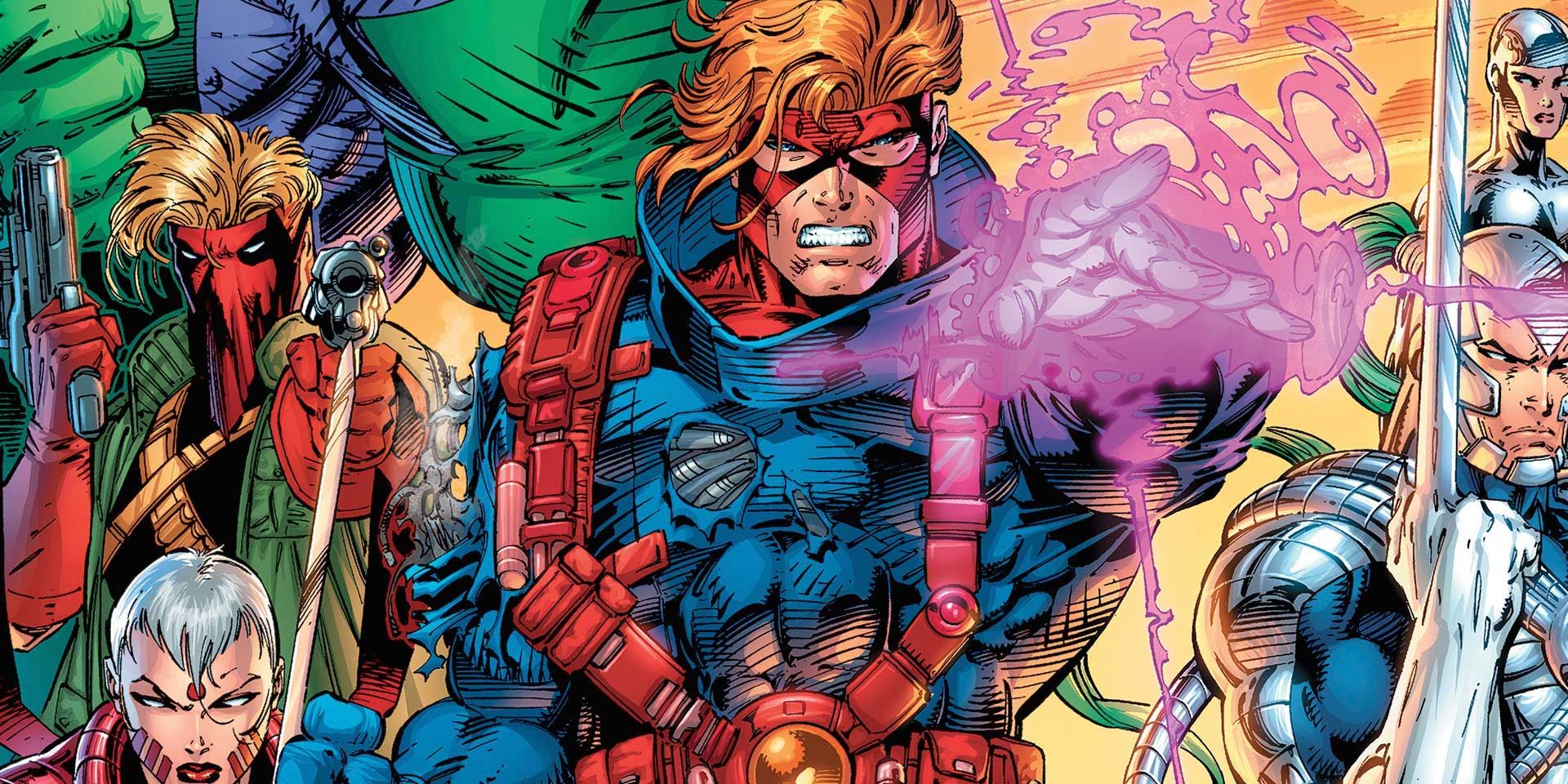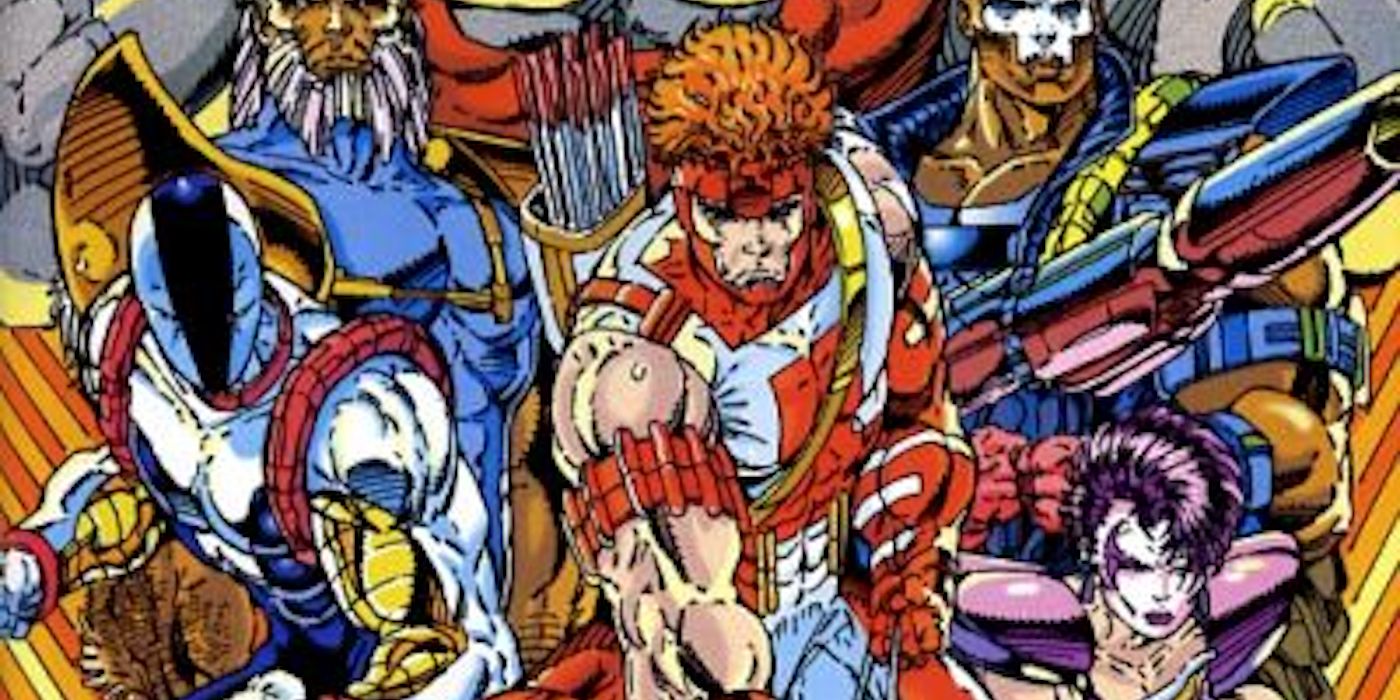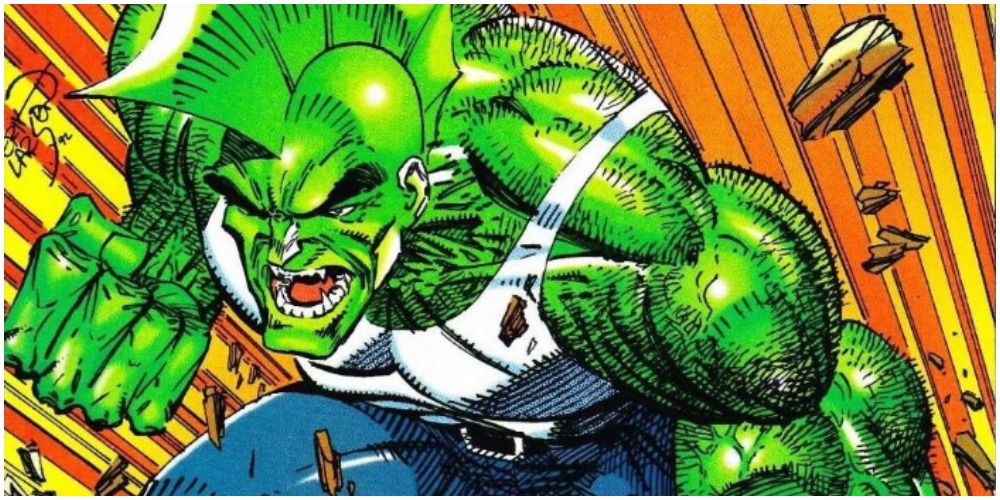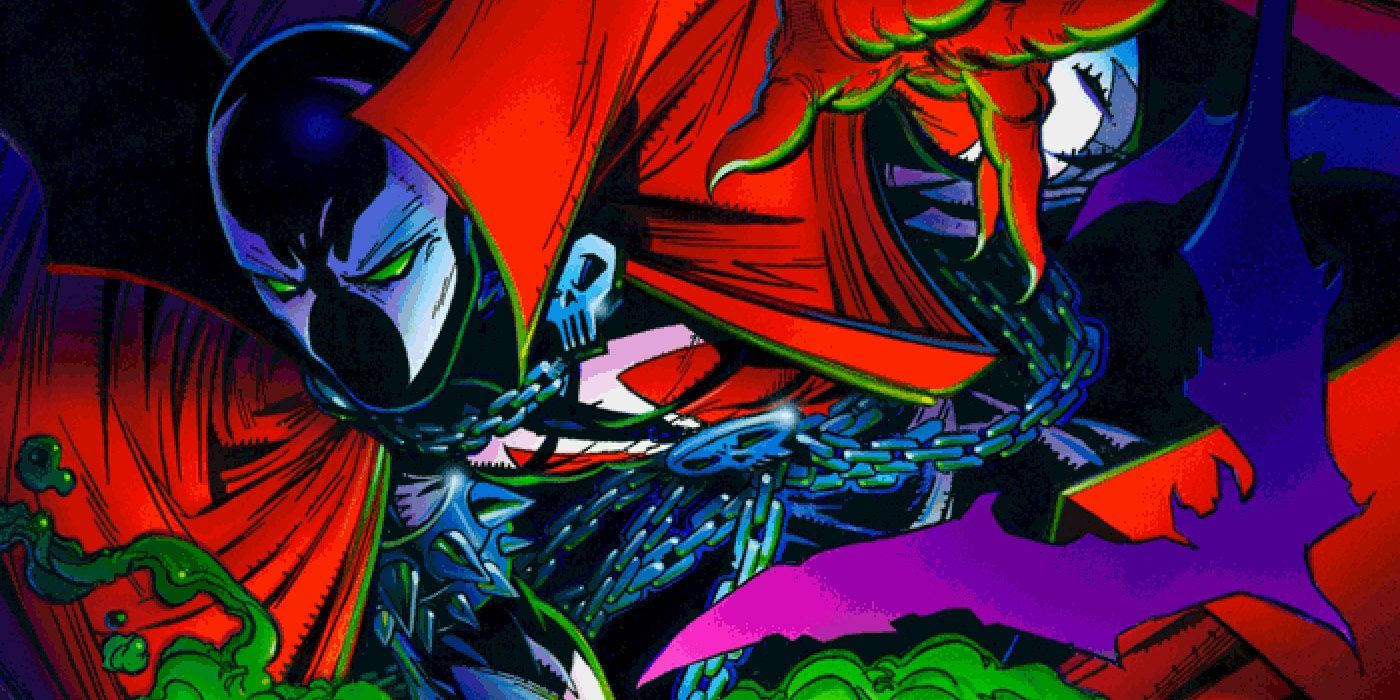Image Comics turns thirty this year; the creator-owned comic revolution it started having bore fruit. Image was unlike any indie comic company ever before, as the seven biggest artist in the industry — Todd McFarlane, Jim Lee, Rob Liefeld, Marc Silverstri, Erik Larsen, Whilce Potracio, and Jim Valentino — left Marvel and their best selling books in order to create something for themselves.
Image became a juggernaut in the '90s, but the success went to some of the founders' heads. While one can debate on the quality of Image's comics in their first decade, there are some books that are more important than others.
10 Spawn #10 Was The First Image Crossover With A Non-Image Character
If Image Comics could have been said to have a flagship book in the '90s, it was Spawn. Writer/artist Todd McFarlane was one of the main instigators of the founders' migration from Marvel, and Spawn was the most consistent of Image's inaugural books. Spawn #10 saw McFarlane joined by writer/artist Dave Simms for crossover between Spawn and Cerebrus the Aardvark.
Cerebrus was a venerable indie comic institution, so him appearing in Spawn made sense. The story saw Spawn and Cerebrus in a dimension where superheroes are held hostage, an obvious metaphor for the Big Two and its characters. It was the first time an Image character crossed over with one from outside the company, but it wouldn't be the last.
9 Shadowhawk #1 Was One Of The Best Offerings From The Founders
Looking at the names of the Image founders, one name sticks out — Jim Valentino. Unlike the others, he wasn't a best-selling former artist of the X-Men or Spider-Man, but a journeyman creator with more experience in the business than any of the others. Valentino was writing and drawing Guardians of the Galaxy when he left Marvel, and what he lacked in sales, he made up for with knowledge and skill.
His first Image offering, Shadowhawk #1, starred an armored vigilante who broke the spines of criminals. It debuted after most of the other founders' books but was better written and more interesting than most of them. Valentino was never one of the more prolific Image creators, but he was dependable, and his work on the business side of things helped the young publisher in its early years.
8 Cyberforce #1 Was Marc Silvestri's First Image Book And Led To The Creation Of Top Cow Productions
Marc Silvestri made a name for himself on Uncanny X-Men and Wolverine before the founding of Image, and his first book was Cyberforce #1, with writer Eric Silvestri. While the team used the X-Men formula and was a basic extreme superhero team of cybernetically enhanced mutants, its success would lead to Silvestri forming Top Cow Productions.
Top Cow is one of Image's more prolific production houses, creating fan-favorite books like The Darkness, Witchblade, and J. Michael Straczynski's Rising Stars. It played both sides of the Image road, indulging in '90s trends and going for an arthouse aesthetic a la DC's Vertigo, and it made a superstar of artist Michael Turner.
7 Gen13 #1 Took The Comic Industry By Storm
By 1994, Image's star had cooled a bit, as many of the founders' problems with deadlines affected things adversely. Jim Lee's Wildstorm Studios was one of the most successful Image production houses, creating a universe of related characters and mostly getting its books out on time. Gen13 #1, by writers Jim Lee and Brandon Choi and artist J. Scott Campbell, dropped like a bomb on the industry.
Image's first foray into a teenage superhero team, Campbell's art was the selling point. It sold huge numbers and became one of the hottest comics of the year, with the five-issue miniseries selling out completely. It showed that Image could still drop monster hits when it needed to.
6 Spawn #9 Introduced A Fan-Favorite Character And Led To Trouble For Todd McFarlane Down The Line
Neil Gaiman is one of the most talented writers in the comics medium. He mostly worked for DC in the '90s, but he did write a few things for Todd McFarlane, starting with Spawn #9, with art by McFarlane. Set in medieval times and the present, the issue introduced Angela, an angel who hunted down Hellspawns. Angela was immediately popular and would go on to star in a miniseries by Gaiman and artist Greg Capullo.
The ownership of Angela and royalties paid on the character would become a bone of contention between Gaiman and McFarlane. It led to a lawsuit that saw McFarlane lose ownership of Angela and the Miracleman property to Gaiman.
5 WildC.A.T.s #21 Was The First Alan Moore Written Issue Of The Series
Alan Moore is considered the greatest writer in comic history, a man who is no stranger to controversy, which made him perfect for '90s Image. His struggles with DC made him quite amenable to Image's charms, and he wrote for several books for the founders. WildC.A.T.s #21, with art by Travis Charest, would begin his longest stint on an Image title as he flexed his muscles on Wildstorm's flagship book.
Moore's time as WildC.A.T.s was the best-written stint in the book's history. Developing Kherubim history and politics while also creating an all-new Earthbound team of WildC.A.T.s, Moore worked magic on the book, developing a relationship with the Image founders that would eventually sour.
4 WildC.A.T.s #1 Was The Beginning Of Jim Lee's Wildstorm Universe
Jim Lee was the best-selling artist in the industry, giving him the most clout of the Image founders. WildC.A.T.s #1, written by Lee and Brandon Choi with art by Lee, looked very familiar, as the team used archetypes from Lee's days drawing the X-Men Blue Team. However, it was different in other ways, as the titular team members were aliens or part alien, known as Kherubims, fighting against Daemonites led by Lord Helspont.
Introducing all manner of powerful characters, WildC.A.T.s #1 was the opening salvo in Lee's Wildstorm Universe, one of the more ambitious parts of early Image Comics. It was one of the better selling of the founders' books as well, as Lee's power to sell comics was still great.
3 Youngblood #1 Was Pure Rob Liefeld
Rob Liefeld was the most difficult of the founders and caused a lot of problems for the nascent publisher in its early days. Youngblood #1, written by Liefeld and Hank Kanalz with art by Liefeld, was what happened when Liefeld didn't have anyone telling him what to do. There was wild creativity on display, but the polish just wasn't there, which is Liefeld in a nutshell.
'90s fans fondly remember Youngblood as one of the premiere Image books and one that many fans would like to see come back. Its quality is definitely up for debate, but it's still one of the most important Image books, breaking indie comics sales records upon release.
2 Savage Dragon #1 Started Erik Larsen's Long-Running Series
Savage Dragon #1, by writer/artist Erik Larsen, doesn't get the plaudits that some of the other founders' books do. It sold well, but of the three inaugural Image books — Savage Dragon, Spawn, and Youngblood — it felt like the odd man out. Larsen was in it for the long haul, though, and has been writing and drawing the title ever since, with it currently standing at issue 261.
It's become one of Image's longest-running titles and the only one that is still entirely written and drawn by one of the company's founders. Larsen has created a rich mythology in the book, full of amazing characters and situations.
1 Spawn #1 Started An Empire That Thrives To This Day
Spawn #1, by writer/artist Todd McFarlane, was the undisputed champion of the first three Image books. McFarlane's tale of government assassin Al Simmons's death and resurrection as a Hellspawn grabbed readers immediately and created an icon that even non-comics fans know. No other comic played as much of a role in Image's success as this one.
Currently at issue #326, it's Image's longest-running title. While McFarlane hasn't worked on it as consistently as Larsen on Savage Dragon, he's back to writing it. Spawn #1 started an empire for McFarlane and put Image on the map in a way that no other Image book in the '90s did.

